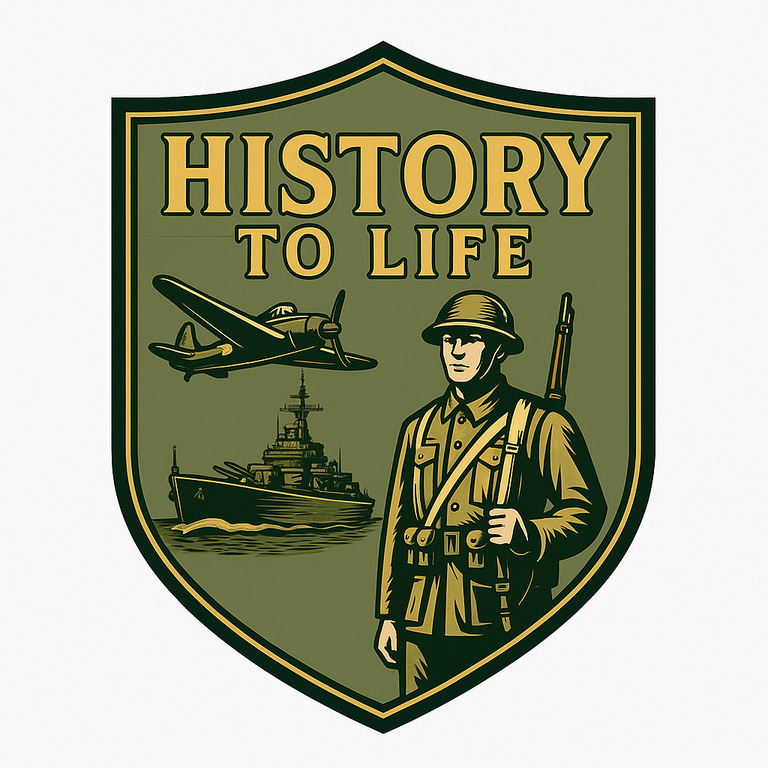PURPOSE
To compile the known facts and then describe scenarios that may explain the death and disappearance of Gunner Walter Messenger. Finally, to offer a reasoned opinion on what most likely happened to him.
FACTS
Identity: Walter Henry Messenger (“Sonny”), born 14 August 1918.
Service: Enlisted 15 July 1939; 57th Anti‑Tank Regiment, Royal Artillery; Rank: Gunner; Service Number 1491432.
Role: No. 3 (Layer) on a 2lb Anti‑Tank gun in a three‑man crew (No.1 Commander; No.2 Loader; No.3 Layer). The Layer traversed/elevated and fired on the No.1’s orders.
Deployment: Initially in NE France; advanced into Belgium at the outbreak of hostilities, then withdrew back into France with the British Expeditionary Force BEF.
26 May 1940: His gun and others took up positions on the South‑West corner of the Forêt de Nieppe (Northern France) to form a gun line covering the open approaches. Vehicles were likely parked facing NE for rapid withdrawal.
Battalion HQ: La Motte‑au‑Bois (“The Mound in the Woods”), 7 km NE of the gun line.
Context: The BEF was under severe pressure, falling back toward the Channel coast; the forest was a designated strongpoint to delay the German advance and buy time for the rest of the BEF and the eventual Dunkirk evacuation.
SONNY’S LOCATION — MORNING OF 27 MAY 1940
From his Military Medal citation he was on the SW corner of the forest. While the Regimental diary does not give exact map refs, a reasonable reconstruction places the gun line along the forest edge facing the open fields to the SW (see Map 01: 1:50,000 Forêt de Nieppe, 1937–38).
Map 01
Map annotation: Yellow = gun line; Black Arrows = German Advance; Red line = track to the D916; Red arrow = BHQ; Orange Line = Route to Hazebrouck
THE ACTION
Enemy approach: German infantry advanced from the SW in column, flanked by machine‑guns. Battle commenced at approximately 0800 and roughly 200 yards.
Wounds: Gnr Messenger was immediately wounded in the hand and leg. As No.3 behind the gun’s shield, frontal fire was unlikely to hit him directly; oblique flanking Machine Gun fire (e.g., MG34, 7.92×57 mm) could reach an exposed left limb around the shield edge.
Effect of wounds: A significant hand wound with blood loss is disabling but not usually fatal in the short term; a thigh/calf strike could be catastrophic through bony fragmentation and arterial/venous damage, even without complete femoral transection.
Continued fire: Despite wounds he kept firing, which is consistent with the gun’s controls (traverse/elevation by right hand only is possible; firing with right foot pedal was normal) and with adrenaline under fire.
Withdrawal: When nearly surrounded (≤100 yds), the crew abandoned the gun and withdrew by vehicles (plural). Gnr Messenger was alive when last seen getting on a vehicle.
Time in contact: From first fire (200 yds) to withdrawal (≤100 yds) likely 2–5 minutes depending on the German tempo and the anti-tank guns delaying effect.


EXTRACT FROM: FINAL REPORT INTO THE
DISAPPEARANCE AND DEATH OF
GUNNER WALTER HENRY “SONNY” MESSENGER.
Gunner Walter Messenger
Sgt Maurice Eve
Research Examples
Customer Reviews
Hear from those we've helped uncover their history.
History2Life transformed my grandfather's service records into a captivating story that I will cherish forever.
Emily Johnson
Calgary
The team at History2Life provided exceptional service, revealing my family's military past with great detail and respect. Their dedication truly brought our history to life.
Michael Smith
Toronto
★★★★★
★★★★★
Contact
info@HistoryToLife.com
+1-403-620-9922
© 2025. All rights reserved.
